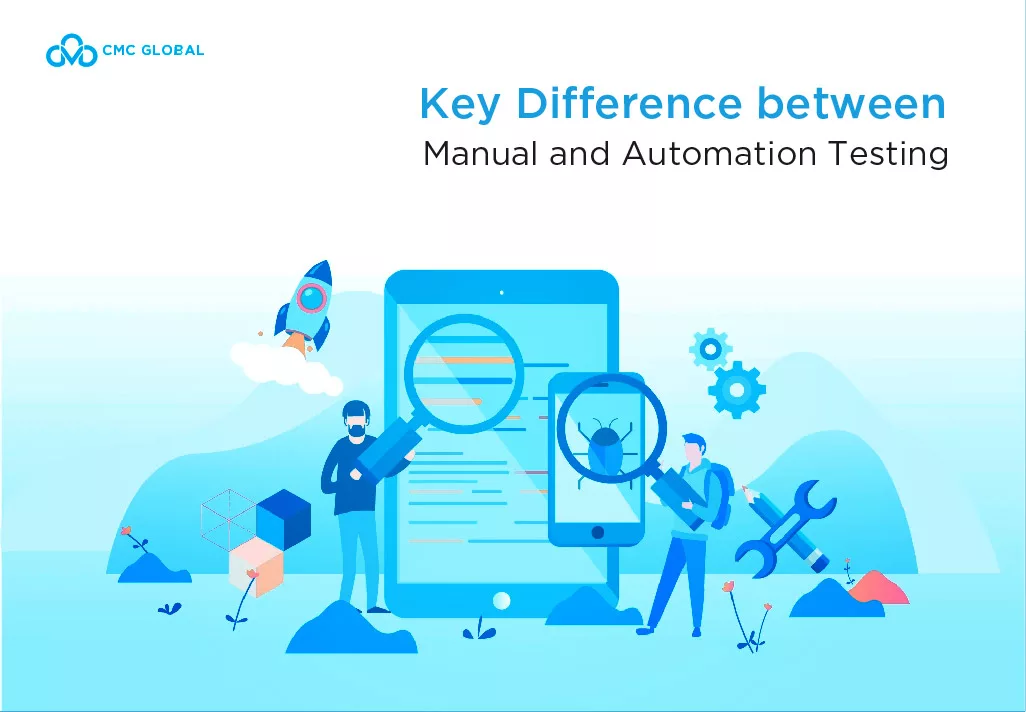Project estimation lays the foundation for planning, budgeting, and resource allocation, helping teams anticipate the time, effort, and costs required to bring a project to fruition. However, achieving accurate estimates can be tricky, as it involves balancing various uncertainties and assumptions. In this blog, we’ll explore 5 common techniques and best practices to enhance your project estimation process, ensuring your projects stay on track and within budget.
What Is Project Estimation?
Project estimation involves comprehending the full scope of a project and forecasting its duration and cost.
Essentially, it resembles the routine estimates we make daily. For example, determining travel time to a restaurant, budgeting for Christmas gifts, or calculating the number of people needed to move a sofa downstairs are all forms of estimation we practice regularly.
The goal of project estimation methods is to help clients understand the investment needed to complete the project. The project manager must persuade the client of the project’s value and the potential return on their investment. Once approved, these techniques enable the project manager to devise a practical plan to finish the project on schedule and within budget.
Project estimation methods involve approximate calculations of costs, time, and other measurable aspects. These techniques are vital for clients, stakeholders, and project planning. Without them, you’re merely guessing. Instead, these methods provide realistic calculations for the project’s requirements.
5 Common Project Estimation Techniques

#1 Top-down estimate
Top-down estimates involve starting with an overall project duration and then dividing it into various phases, which are further broken down into individual tasks. This traditional method often employs tools like the work breakdown structure (WBS).
It’s particularly useful when a client insists on a project being finished by a specific deadline. This approach is effective in such situations because you have a set timeframe that you can divide into specific activities to ensure the deadline is met.
#2 Bottom-up estimate
This method flips the previous approach on its head. Rather than dividing the timeline into tasks, you start by estimating each individual task and then aggregate these estimates to determine the overall project duration.
This approach tends to be more precise because estimating smaller tasks and then combining them often provides a clearer picture of the total time required to finish the project. However, it does require more time to execute.
#3 Three-Point estimate
When estimating from the bottom up, the three-point estimating method is commonly employed. Rather than predicting the duration of a single task with one estimate, this technique uses three different estimates: an optimistic estimate, a pessimistic estimate, and the most likely scenario. The average of these three estimates is then used as the final estimate.
Three-Point Estimate = (Optimistic + Most Likely + Pessimistic ) / 3
#4 Analogous Estimating
Analogous estimating involves the project manager reviewing a previous, similar project to derive estimates for time and cost for the current project. This method is more effective with abundant data, which enhances accuracy.
It is a top-down estimating technique where the project manager first estimates the overall costs and then divides them into smaller components. This approach is particularly useful when estimation resources are limited.
#5 Expert Judgement
Consulting experts or those with experience managing similar projects is one of the most widely used estimation techniques. It is generally quicker and simpler than making detailed calculations. People often trust those who have faced comparable challenges.
This technique is versatile and can be applied to both top-down and bottom-up estimating. However, sometimes experts’ experiences might not perfectly align with your current project. While their insights are valuable, they should be balanced with other estimation methods.
5 Project Estimation Checklist

#1 Cost
Precisely estimating the overall project cost ensures you can complete the project within budget and set aside funds for unforeseen issues like new risks.
A cost estimation involves 2 main categories of expenses: direct and indirect costs. Direct costs are necessary to generate the expected revenue, such as:
– Labor
– Resources
– Services
– Equipment
– Risk mitigation
Indirect costs, on the other hand, support multiple projects at once. These include:
– Project management
– Security
– Utilities
– Rent
– Quality control
#2 Scope
The project scope encompasses all the work necessary for the project’s successful completion. Essentially, project managers must gauge the amount of work required to achieve the final deliverable. The document includes critical information for a project estimate, such as:
– Objectives and deliverables
– Tasks
– Timelines
– Milestones
– Assumptions and potential risks
– Stakeholders
– Key meetings
#3 Time
Time estimation involves determining the total time required to complete the project and its related tasks. By understanding how long your team needs for their tasks, you can create a reasonably accurate time estimate. To ensure precision in your time estimation, consider factors such as:
– Meetings
– Reporting
– Communication
– Testing
Additionally, account for the following elements:
– Task duration: Breaking the project into smaller steps can simplify the overall time estimation.
– Detail level of each project phase: Initial vague estimates can become clearer as more project details emerge.
– Unexpected obstacles: Delays in supplies, equipment malfunctions, and accidents can affect the project’s timeline.
– Client completion times: Clients may underestimate the time required for their tasks. Include a buffer in your estimates for any work needing their input.
#4 Resource
Resources include everything required to complete the project, including your team, materials, equipment, and more. Estimation techniques are crucial for resources as well. You wouldn’t want to begin a project without understanding the number of subcontractors needed or the software your team will utilize.
Project management can utilize the scope of work to predict the requirements for various resources, including:
– Staff
– Vendors
– Contractors
– Equipment
– Materials
Several factors can influence your resource management estimates:
– The team: Consider vacation time, parental leave, sick days, and other reasons team members may be unavailable.
– The industry: Client expectations differ across sectors; for instance, some industries may take longer to approve.
– Published data: Project management journals can provide insights into resource needs for specific projects.
– Commitments: If required resources are contracted for other projects, identify when you’ll need them to prevent scheduling conflicts.
– Past performance: Use resource plans from previous successful projects to guide future estimates.
#5 Risks
Project risk management entails recognizing, evaluating, and addressing potential threats to successful project completion. Typical risks include:
– Scheduling risks: Deviations from the planned schedule can affect the availability of resources like labor, equipment, and facilities.
– Technical risks: Crucial tools might malfunction, or your team might need specialized training to use them effectively.
– External risks: Changes in the market or environment, such as supply chain interruptions or natural disasters, can influence the results of long-term projects.
Bridge The Talent Shortage With CMC Global
Partnering with CMC Global means you can leave your project estimation worries behind. With their expert team and proven methodologies, they ensure precise and reliable estimates, allowing you to focus on what truly matters—delivering exceptional results. Trust CMC Global to handle the complexities of project estimation, so you can move forward with confidence and success.
Contact us for further details.





